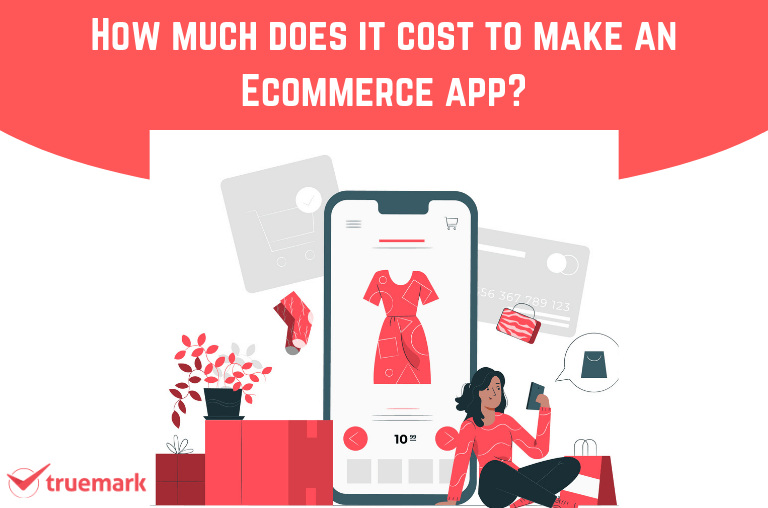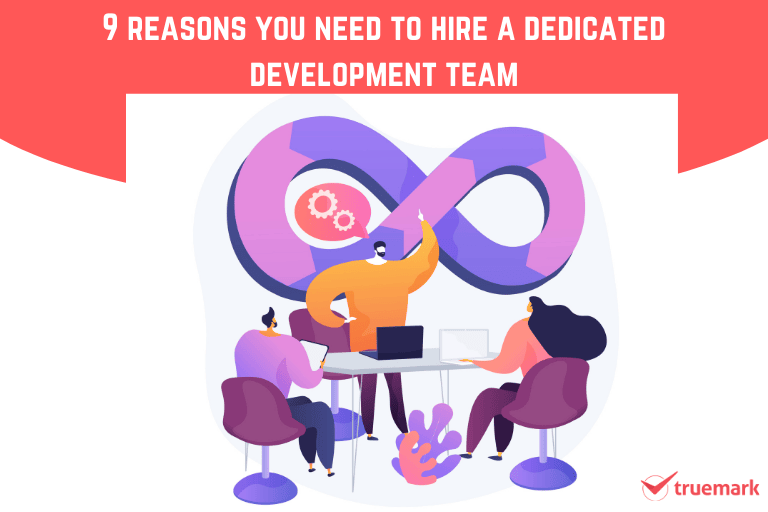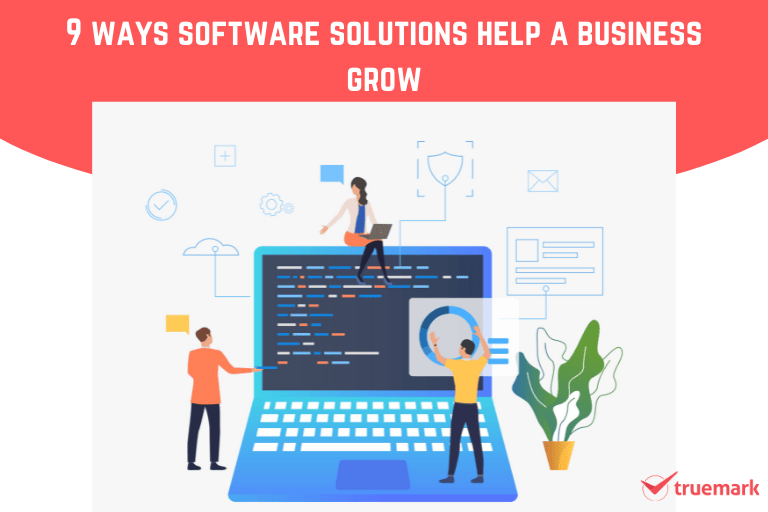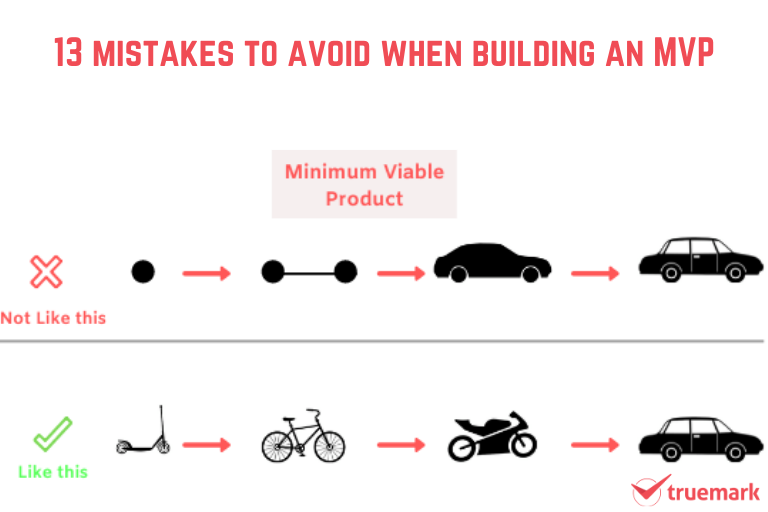Table of Contents
According to Statista, retail Ecommerce generated $4.28 trillion worldwide in 2020, and it is expected to grow to $5.4 trillion in 2021.
In recent years, there has hardly been any business that has come close to Ecommerce when it comes to growth rate and revenue generation. And with the increase in mobile users, Ecommerce penetration and usage is skyrocketing more than ever. And if you are planning to develop one and wondering, “How much does it cost to make an Ecommerce app?”, then stay tuned till the end.
The emergence of mobile brought a massive revolution to the process of buying and selling goods. Now, people are more interested in buying everything online rather than going to a physical market. It is increasing, and it isn’t wrong to say that Ecommerce is going to be even more massive in the coming years.
If you are thinking about whether your business needs a mobile app or not, then you definitely need an app to boost your digital presence and attract more customers.
Why is Ecommerce booming?
There are simple reasons behind the success of Ecommerce, such as:
- Fast-growing business
- Growth in mobile usage
- A bridge between business and customers
- Easy and convenient
- Revenue booster
- Target and connect with the audience faster
- Enhance brand awareness
- Faster delivery
Below are the facts that show why Ecommerce is/will boom at a tremendous rate.
- According to Insider Intelligence, in 2021, US retail Ecommerce sales will increase to 13.7%, reaching $908.73 billion.
- According to BigCommerce, by 2023, global Ecommerce sales will make up to 22%.
- By 2021, the mobile Ecommerce market share will reach 72.9%. (Source)
- Statista states, in 2021, there will be over 2.14 billion digital buyers worldwide.
- According to Business Insider, mobile Ecommerce accounts for 45% of US Ecommerce sales.
How does an Ecommerce app work?
Ecommerce apps like Amazon, Flipkart, eBay, etc., have tons of products on their apps, reaching thousands and millions. They allow users to search for the products they want, add them to their cart, proceed to the checkout page, pay, and deliver to the users.
Here is the simple working process of an Ecommerce app:
- The users sign up to use the Ecommerce app.
- Then, the users surf the app and add products to the cart.
- The users go to the cart page and proceed to the checkout page.
- Enter personal details, including payment details.
- Once the payment is made or the user decides to pay cash on delivery, the admin/the product owner gets the notification.
- The product is delivered to the users.
- The user and the admin/product owner gets notification regarding the order completion.
Who needs an Ecommerce app?
Business owners focused on growth and want to reach a broad customer base and boost their revenue need an Ecommerce app. In fact, everyone needs to take their business online since more people are using smartphones to shop online.
According to Oberlo,
- Mobile commerce sales are expected to reach $432.24 billion by 2022.
- 53% of consumers rely on their mobiles to shop online every day.
It has become crucial for businesses to reach the audience globally and accelerate business growth. For this, they need to take their business online.
Must-have Features
To develop an Ecommerce app, here are some must-have features that you need in your app. You need to build three panels: buyer, seller, and admin.
Buyer Panel
It includes:
Registration and sign-in: Easy registration and log-in process to use the app. You need to make this phase as easy as possible to avoid complications. You can allow users to register through social media like Facebook, Gmail, Twitter, etc.
Profile management: To manage and update personal information such as contact details, payment options, bank information, etc.
Add to cart: To let users add products to a virtual cart for easy checkout.
Reviews and ratings: To share experience and feedback regarding the products. Moreover, it helps users to know the opinion of others who have already used the product.
Checkout page: To allow users to finalize and pay for the order. It includes the product’s quantity, price, discount, delivery rate, total transaction cost, etc.
Product details page: It allows users to get every piece of information related to a product, like features, price, size, color, etc.
Notifications: To get an update about offers, products, orders, etc.
Search and filter: No one likes to surf the whole app to look for a product. It irritates the users, urging them to leave the app immediately. Search and filter help them to find the items they want. They can sort the product based on price, size, brand, color, etc.
Payment: The users should have the option to choose a payment method. The app should include multiple payment options. Moreover, you need to make the payment process as easy as possible.
Order Management and tracking: To allow users to track their orders and cancel or return them. Also, to let users see their purchase history.
Chats: To connect with the seller.
Seller Panel
It includes:
Registration and sign-in: Easy registration and log-in process to use the app.
Profile Management: To manage and update personal information.
Inventory Management: To add or delete products and update information such as price, size, color, etc.
Reports and analytics: To get information about highest-selling and popular products, customers behavior, etc.
Notifications: To get an update about the services they get from using the app, order from a customer, its status, inventory status, etc.
Reviews and Ratings: To see the feedback given by a customer and rate the app.
Chats: To connect with the buyer.
Admin Panel
It includes:
User Management: To add, delete, or update information related to the users.
Offer and discount: To send offers, discounts, gift cards, etc., to the users.
Reports and analytics: To track the app’s progress, performance, number of visits, unique visitors, etc.
Category management: To manage and update the category of products. To make searching easier for users.
Product and inventory management: To add, delete, and edit information related to the products.
Technology stack and development team
Whether you decide to hire freelancers or a software company, the development team remains the same. This section covers what technology stacks are needed and what kind of team is required to develop an Ecommerce app.
The development team consists of:
- Project Manager
- UI/UX Designer
- Android Developer
- iOS Developer
- Front-End Developer
- Back-End Developer
- Web App developer
- Quality Analyst
The technology stack to develop an Ecommerce app includes:
- Frontend technologies, like HTML, CSS, JS, etc.
- Web Server, like Apache, Nginx, etc.
- Databases, like MySQL, MongoDB, Amazon DynoDB, etc.
- Programming languages, like Java, Perl, etc.
Here is a list of technologies used in Amazon, the leading giant in the Ecommerce marketplace.
- Application and Data: React, Java, MySQL, AngularJS, Amazon S3, Amazon EC2, Redux, Amazon CloudFront, Amazon RDS, Amazon DynamoDB, Amazon SQS, Perl, Amazon Redshift, Amazon VPC, Amazon ElastiCache, Amazon RDS for PostgreSQL, Amazon EBS, Amazon EBR, redux-saga, Amazon Elastic Transcoder, Amazon SimpleDB
- Utilities: Amazon Route 53, Amazon SES, Amazon SNS, Amazon API Gateway, Amazon Kinesis, Amazon Glacier, Amazon CloudSearch, Amazon A/B Testing, Amazon SWF, Amazon Mobile Analytics, Amazon FPS, Amazon Mechanical Turk
- DevOps: Amazon EC2 Container Service, Amazon CloudWatch, Jest, Nightwatchjs
- Business Tools: Amazon WorkSpaces
Source: StackShare
Factors that affect the development cost
The development cost of an Ecommerce app depends on many factors. These may increase or decrease the overall price. So, let’s see those influencing elements.
Location
The developer’s location influences the overall development cost. The hourly rate of developers varies depending on the region they are located in. The developers living in the USA charge higher than the ones living in Asia.
Platform
The overall cost also depends on the platform you are building for. It will be cheaper if you only go for Android or iOS rather than developing for both at the same time. Also, you can go cross-platform. Truemark has expertise in creating Android, iOS, and cross-platform apps. With the help of best development practices, Truemark develops apps at an affordable price without compromising the quality.
App Size, features, and complexity
The features and size of the app determine its complexity. The more complex the app is, the higher the overall development cost of an Ecommerce app. However, the final price may decrease if you only focus on core features instead of advanced features at an early stage.
Content, Marketing, and SEO
Developing the app isn’t only the thing you need to consider. You have to fill the app with the necessary content to make it easier for the users to know about the app, its products, etc. Also, it is crucial to market the app and optimize it to boost its digital presence. These factors will increase the total cost of developing an Ecommerce app.
How much does it cost to make an Ecommerce app?
Below is the rough estimation of the total cost of developing an Ecommerce app. It is based on some core features.
Note: The price is based on the average hourly rate in the Asian region, i.e., $30/hr.
| Features | Android (hr) | iOS (hr) | Web (hr) | Total Cost ($) |
| Registration and Sign-in | 80 | 80 | 83 | 7,290 |
| Cart | 24 | 24 | 24 | 2,160 |
| Profile Management | 30 | 30 | 35 | 2,850 |
| Search and FIlter | 126 | 126 | 150 | 12,060 |
| Chats and Comments | 132 | 132 | 162 | 12,780 |
| Payments | 38 | 38 | 40 | 3,480 |
| Notifications | 33 | 33 | 38 | 3,120 |
| Product page | 120 | 120 | 125 | 10,950 |
| Review and Ratings | 45 | 45 | 47 | 4,110 |
| Reports and Analytics | 50 | 50 | 55 | 4,650 |
| Admin Panel (Back-end) | – | – | 300 | 9,000 |
| UI/UX Design | 150 | 155 | 160 | 13,950 |
| QA | 300 | 300 | 350 | 28,500 |
| Total | 1,128 ($33,840) | 1,133 ($33,990) | 1,569 ($47,070) | 114,900 |
The final estimated development cost will be around $114,900.
However, you can go for any platform you wish.
Planning to develop an Ecommerce app?
The Ecommerce industry is booming at an unimaginable rate. So, more and more Ecommerce app will emerge in the coming days. And if you are planning to build an Ecommerce app and looking for a software company, then please feel free to contact us. For a detailed estimation, get in touch with us.
Truemark is a software company with 5+ years of experience in developing quality software at an affordable price. We have successfully developed numerous apps and delivered on time without compromising on quality. Check out our portfolio section to see our expertise in different projects. Moreover, we offer a free consultation service to customers. Your questions, our answers to get rid of any confusion you have. So, reach us at any time to get an accurate estimation to develop an Ecommerce app.



